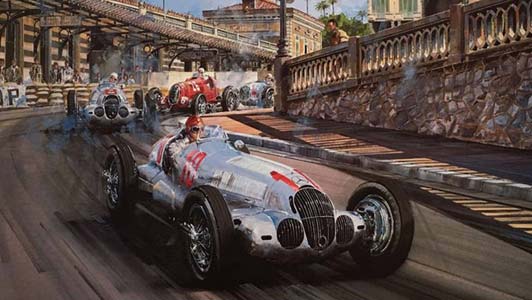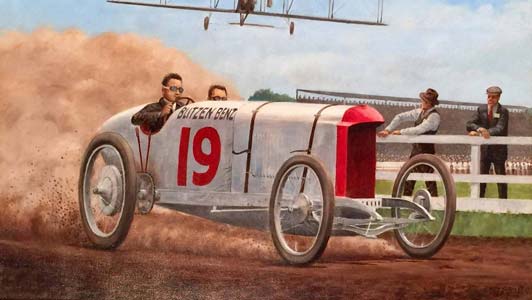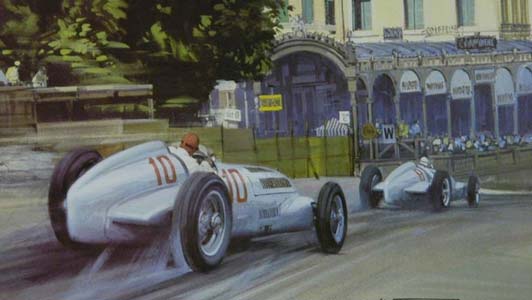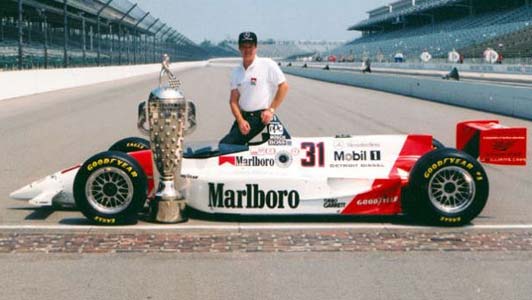Women on the Allure of Driving the Rallye des Princesses
Kate Walker of The New York Times edited by James Karthauser
The concept reads like a dream: five days spent driving classic cars from Paris to Southern France, stopping off along the way for leisurely lunches and nights in four- and five-star hotels. As motorsport experiences go, the Rallye des Princesses Richard Mille is a world apart — an all-female motorsport event aimed at providing entrants with a luxury experience in addition to an automotive adventure with breathtaking views. Some 90 women will take part in the six-day race that started on Saturday in Paris, and continues all this week, will travel some 1,000 miles of meandering roads in France and northern Spain, before crossing the finish line in Biarritz on the Atlantic coast of France.
[READ MORE: The Rich History of the Rallye des Princesses]
The first Rallye des Princesses in 2000 even included actual royalty: it counted among its entrants Princess Helene of Yugoslavia. She competed again in 2002 and 2006. The rally’s appeal extends beyond European royalty, and many of the 180 entrants this year are simply women who are passionate about cars and racing. Anne Sampeur of France, who first took part in 2014, came across the event by accident, when she stumbled across the start of the race in Paris. “I discovered the Rallye des Princesses while strolling Place Vendôme with friends about 10 years ago,” Sampeur recalled. “At the time, we had an HMC — an Austin-Healey replica, but my husband didn’t want to lend me his car. When I was ready to register, we bought a silver gray 1979 convertible Beetle.”
 |
| Anne Sampeur, right, and Joelle Szpala in a 1979 Volkswagen Beetle in the 2014 rally. Credit - Richard Bord/Getty Images |
Since 2014, Sampeur has entered the rally with friends and family, and in 2017 competed alongside her 14-year-old daughter, Matisse, who served as navigator. The pair entered a navy blue 1979 Alfa Romeo Spider 1600. “It was great,” Sampeur said. While the vintage cars add to the glamour, open-top vehicles running at an average of 25 to 30 miles per hour along glorious country roads, the drive is often not smooth because of the age of the vehicles. “We place a particular premium on comfort, as the performance involved in driving a vintage car for 350 kilometers per day on country roads is one that ought to be paired with a well-earned rest,” said Viviane Zaniroli, the founder of the event.
 |
| Richard Mille, a lead partner accompanies the 18th Rallye des Princesses last summer photo courtesy of Invictus Magazine |
That well-earned rest includes spa treatments, luxury hotels, Champagne receptions and fine dining every evening, with a party at the finish line to round off the adventure. One regular participant is Coralie Chehab of Switzerland, entering her fifth Rallye des Princesses this year. Chehab is passionate about the event. “So many anecdotes, so many crazy laughs, so many memories to tell. Rallye des Princesses is not just a rally, it’s a vacation with 200 friends and cars.”
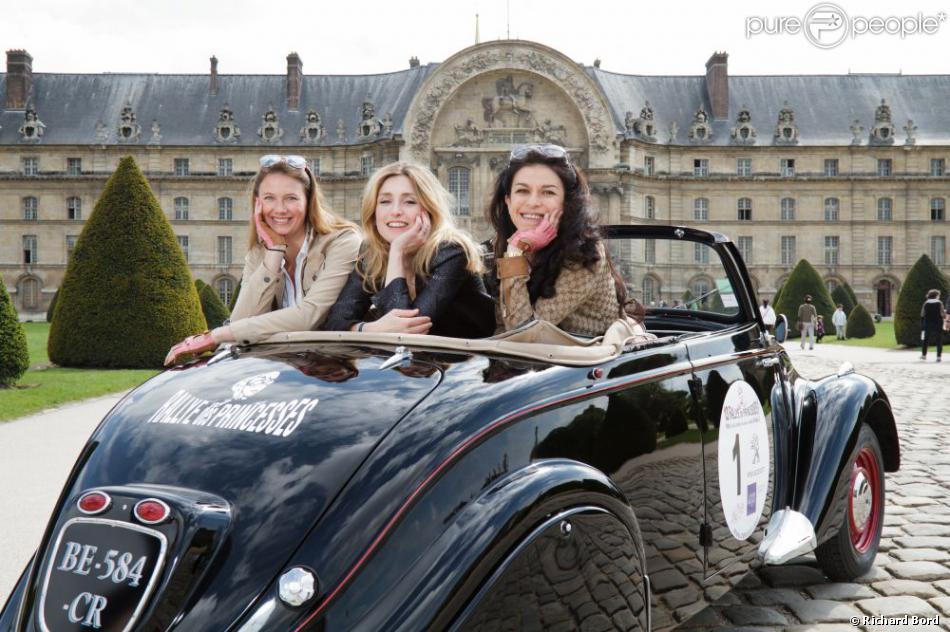 |
| Florence Migraine Bourgnon, Julie Gayet, Jovanka Sopalovic at the Rallye des Princesses photo courtesy of Purepeople.com |
 |
| The Rallye Route is a Beautiful Winding Affair through Southern France Photo courtesy of Franceracing.fr |
One of the advantages of driving a loaner vehicle at a rally is that maintenance is taken care of by the car’s owner. “We are pretty lucky with Titine; we never had serious mechanical problems,” Chebab said. “She is very well maintained by our sponsor — he always makes a check before and after every rally. “The car suffers a lot during the week, with the changes of temperature — Paris during the spring is not always sunny, while in the South of France the weather is already warm — and I think the worst for the Pagoda is when the road book takes us into the mountains,” she said about the route map. “She is a heavy car and not really made for climbing.”
 |
| A Selection of Vintage Cars lined up for the Next Leg of the Rallye des Princesses Photo courtesy of Zaniroli.com |
Sampeur struggled in 2015, breaking the clutch on her 1968 MGC at the end of the first day. “With the help of the MG club, I managed to find a garage to repair it with a clutch disc for an old car — 47 years old! So we didn’t run one day and took 7,000 penalty points,” she said. “On Tuesday, the hose was drilled. We saw the problem before departing for a regularity trial. We parked the car, and with rags and Scotch tape we fixed it to keep it going until lunch, where the great team of mechanics repaired it with real tools. “On Wednesday, the reverse gear decided to collapse, so we couldn’t make U-turns — to park the car we needed the help of mechanics to push us. And to finish the rally, before arriving in Saint-Tropez, our rearview mirror fell off. We laughed for a long time.”
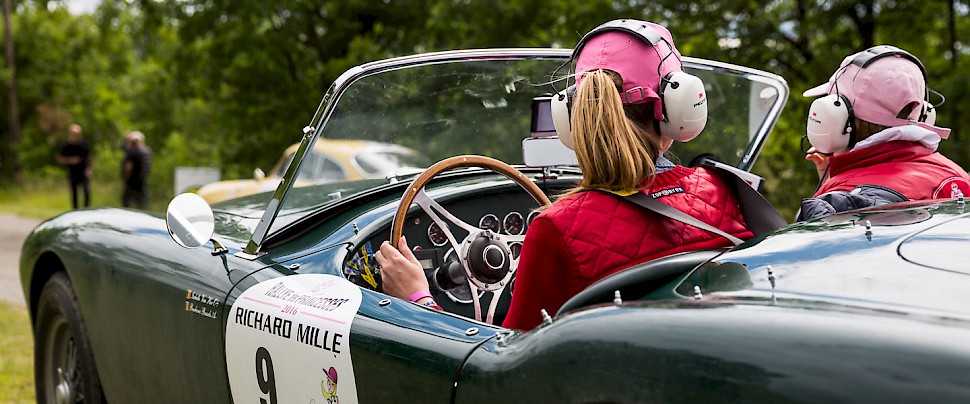 |
| The ultimate women’s motor sport get-away... Photo courtesy of Zaniroli.com |
Making her Rallye des Princesses debut this year is Susan Fesmire of Texas, who will be driving a 1970 Triumph convertible.
“This is my first R.D.P., but I suspect not my last, and this may all sound over the top, but I have had more fun getting ready for this event than anything I have ever done,” she said. “I first learned about the rally from a friend of mine in 2014. Her adventure sounded so glamorous and challenging,” she said. “Over the next two years I thought of the race often. I frequently checked the race website and Googled images from past races. I was fascinated by the idea of a race for non-racers, the gorgeous French countryside, sleek historic cars and chateaus all with your best girlfriend. When I pored over Rallye pictures, they showed beautiful women of all ages, from all countries, who seemed not unlike me. They looked amazing, but also real. “The idea of participating stayed in the back of my mind,” Fesmire said. “Then one Sunday morning in August 2016, I was looking at the Rallye website and decided that I was going to do it,” she said. “All I had to do was convince my best friend to go with me.”
 |
| The Rally des Princesses is designed for women by a woman Viviane Zaniroli. Photo courtesy of Zaniroli.com |
“That Sunday morning was over a year and a half ago, and the allure of the race has not waned for Suzanne or me,” she said of her friend and co-driver Suzanne Swaner, also of Texas. “The 19th Rallye des Princesses has given us almost two years of planning, strategizing and daydreaming about six amazing days spent behind the wheel of a gorgeous red convertible, laughing with my best friend while participating in the most glamorous all-women car rally in the world. It just doesn’t get any better.”
Nazanin Lankarani contributed reporting.
Modern Aphrodites and dream cars have always made good combinations, and by the splendor of its forms the automobile has always been associated with feminine elegance and charm. From the manufacturing to competition, from daily driving to Concours d'Elegance, women have always been present in the world of Automobile.
For the next week l'art et l'automobile gallery is proud to feature a showing of artwork promoting the presence and influence that women had with the automobile culture in the last century. All items are available for purchase, but please note that in most cases we only have one of each of those pieces, so they will go on a first come first served basis.
Enjoy, and we hope you will find it an interesting subject that you would want to display on your wall or your shelf.
Don't forget to head to our Shopify Store for more great automotive memorabilia. We have many more items in our gallery, so do not hesitate to contact us if you are looking for something in particular. And as always, Like and Share us on Facebook, Follow us on Twitter, Share a Picture with us on Instagram and catch up on the rest of the blog below.
Cheers!
Jacques Vaucher
Owner and Curator
l’art et l’automobile









